Top 4 Things to Know Before Buying Lawn Sprinkler Systems
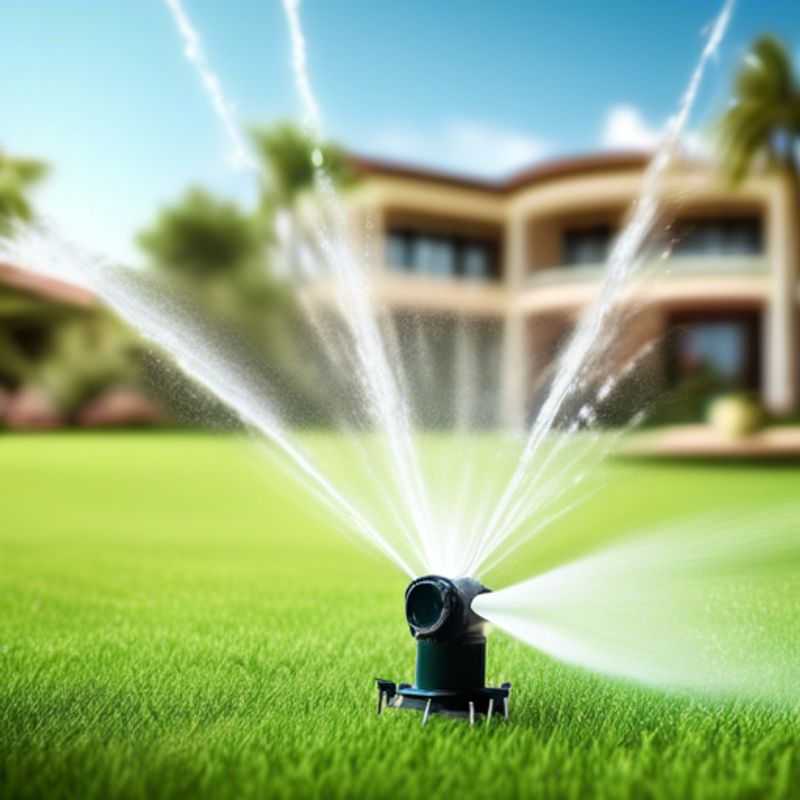
Top 4 Must-Knows Before Buying a Lawn Sprinkler System: Size Matters, Head Types, Water Pressure & Flow Rate, Costs & Maintenance
Investing in a lawn sprinkler system can be a game-changer for your yard, but choosing the right system requires careful consideration. Here are the top four things to know before you take the plunge:
1. Size Matters:
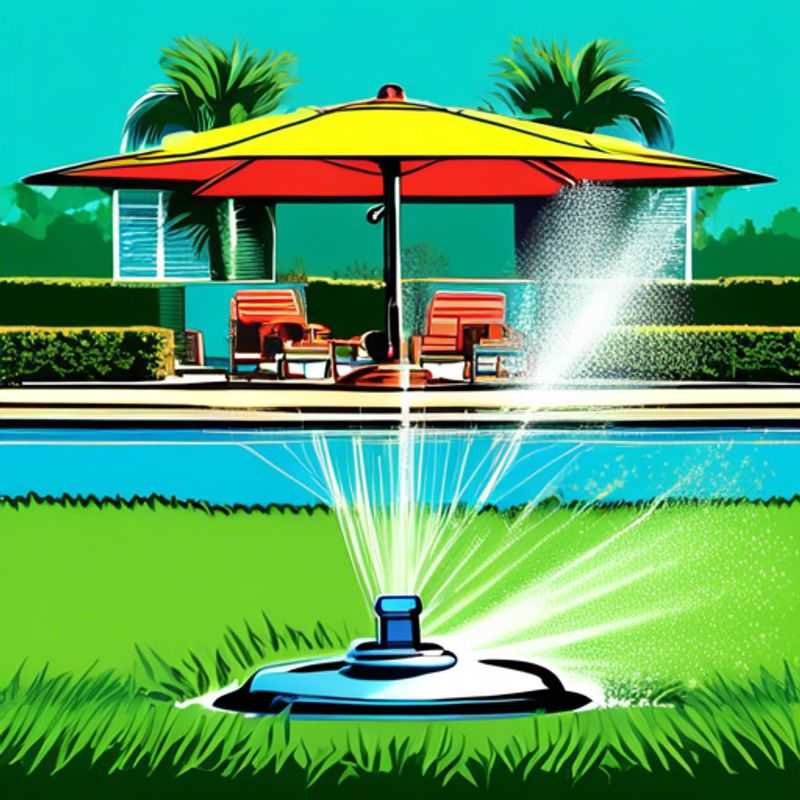
Sizing Up Your Sprinkler System: Matching Your Lawn to the Right Irrigation
Choosing the right sprinkler system for your lawn is crucial for efficient watering and healthy grass. The size of your lawn plays a key role in determining the appropriate system.
For smaller lawns, a manual sprinkler system or a simple in-ground system with a few zones might suffice. You can manually adjust the watering duration based on your lawn's needs.
Larger lawns require more sophisticated systems. Automated sprinkler systems with multiple zones and timers offer precise control over watering schedules and ensure even distribution of water across the entire area.
When considering the size of your lawn, you should also factor in the shape, terrain, and the presence of obstacles like trees, fences, and flower beds. These elements can influence the design and installation of the sprinkler system.
It's always a good idea to consult a professional irrigation company for expert advice and installation. They can assess your lawn's needs and recommend the most suitable system, ensuring efficient watering and minimizing water waste. Costs can vary based on the complexity of the system and the size of your lawn.
Remember, choosing the right sprinkler system can significantly impact the health and beauty of your lawn, saving you time, money, and water in the long run.
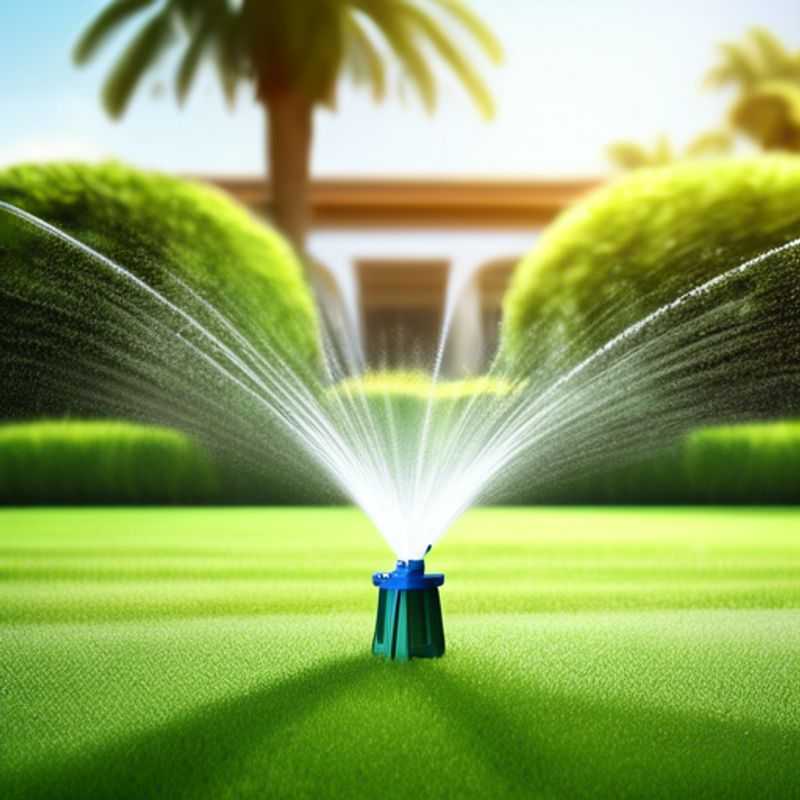
Demystifying Sprinkler Heads: A Guide to Coverage Areas and Types
Understanding the different types of sprinkler heads is crucial for effective lawn and garden irrigation. The main types include fixed spray heads, rotary heads, drip emitters, and soaker hoses. Each type has unique coverage areas and applications. Fixed spray heads are ideal for small areas, providing a consistent spray pattern, while rotary heads cover larger areas with a slower, more efficient rotation. Drip emitters deliver water directly to the plant roots, making them perfect for gardens, while soaker hoses allow water to seep through the entire length of the hose, suitable for rows of plants.
The coverage area for each type varies significantly; for instance, fixed spray heads typically cover 10-15 feet in radius, rotary heads can cover up to 50 feet, and drip emitters are generally placed 12-18 inches apart. When planning an irrigation system, consider the water pressure and flow rate, as these factors influence the performance of the sprinkler heads.
Additionally, when estimating costs, take note of potential paid activities such as installation, maintenance, and water usage fees. Hiring professionals for installation can range from $50 to $150 per hour, depending on the complexity of the system. Regular maintenance may also incur costs, so it is wise to budget accordingly.
In conclusion, selecting the right sprinkler head type based on your specific coverage needs and understanding the associated costs will ensure an efficient irrigation system for your landscape.
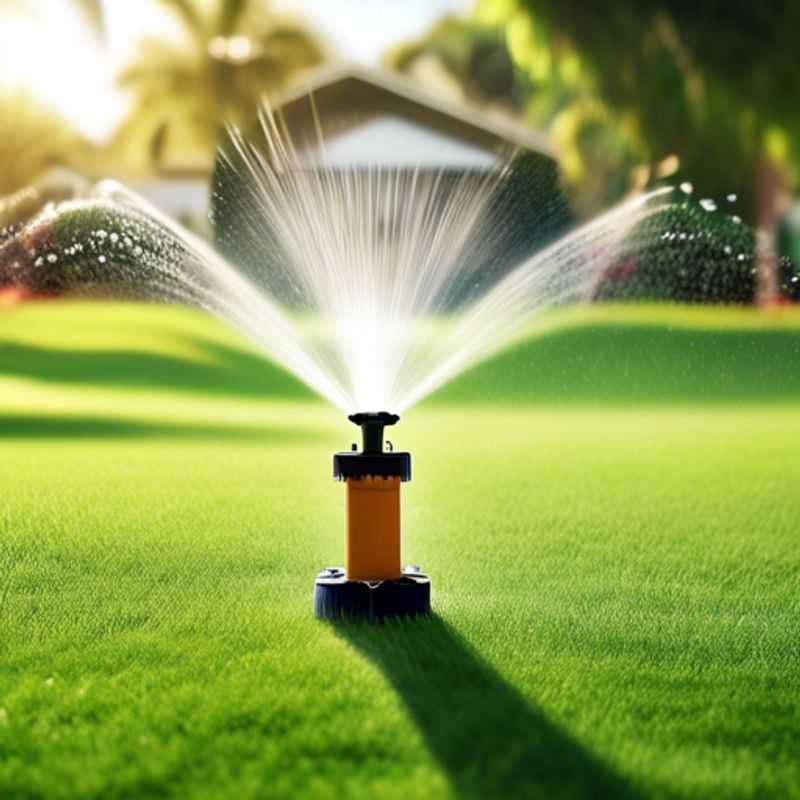
Watering Your Lawn: Understanding Water Pressure and Flow Rate
Knowing your lawn's water pressure and flow rate is crucial for efficient and effective watering. Low water pressure can result in inadequate watering, while high water pressure can damage your sprinkler system. The ideal pressure for most sprinkler systems is between 30 and 60 pounds per square inch (PSI).
To assess your water pressure, purchase a pressure gauge from a hardware store. Connect the gauge to an outdoor faucet, turn on the water, and note the reading. If your pressure is too low, you might need to install a pressure booster. If it's too high, a pressure regulator can be installed.
Determining the flow rate involves measuring the amount of water flowing from your faucet in a specific time period. This can be done using a gallon bucket. Time how long it takes to fill the bucket completely. Multiply the number of gallons by 60 (seconds in a minute) and divide by the time in seconds to get your flow rate in gallons per minute (GPM). Ideally, your flow rate should be around 5 to 10 GPM.
Knowing your lawn's water pressure and flow rate allows you to choose the right sprinkler system and ensure efficient watering. Remember, consult a professional if you have doubts or require specialized help.
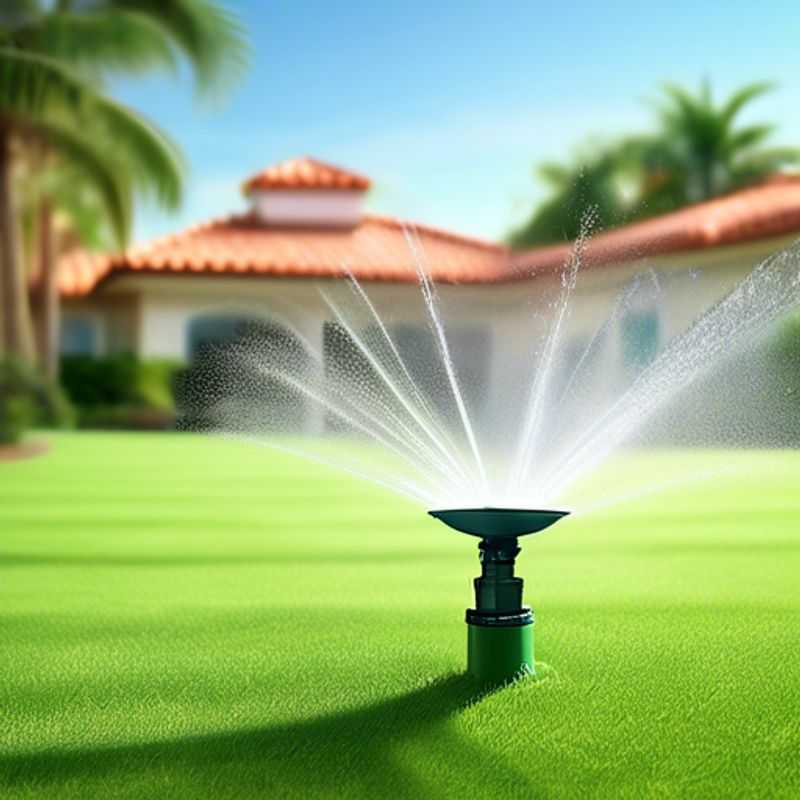
Beyond the Sticker Price: Factor in Installation Costs and Ongoing Maintenance
When considering a new technology or system, it's crucial to factor in the installation costs and ongoing maintenance needs. This may seem obvious, but it's often overlooked in the initial excitement of adopting something new. Understanding these costs upfront helps you make informed decisions and avoid unpleasant surprises down the line.
Installation costs can vary significantly depending on the complexity of the system, the required labor, and the materials involved. For example, installing a new HVAC system will involve professional technicians, specialized equipment, and potentially permits. Don't forget to factor in the cost of any necessary upgrades or modifications to existing infrastructure. This might include rewiring, plumbing adjustments, or structural changes to accommodate the new system.
Ongoing maintenance costs are equally important to consider. Some systems require regular servicing, such as annual checkups or filter replacements. Others might require more frequent attention, depending on usage and environmental conditions. It's wise to obtain information about recommended maintenance schedules and associated costs from the manufacturer or a qualified service provider.
When budgeting for installation and maintenance, consider the long-term impact. While a cheaper initial installation may seem attractive, it could lead to higher maintenance costs down the road. Investing in higher-quality components and systems with a proven track record of reliability can often save you money in the long run.
